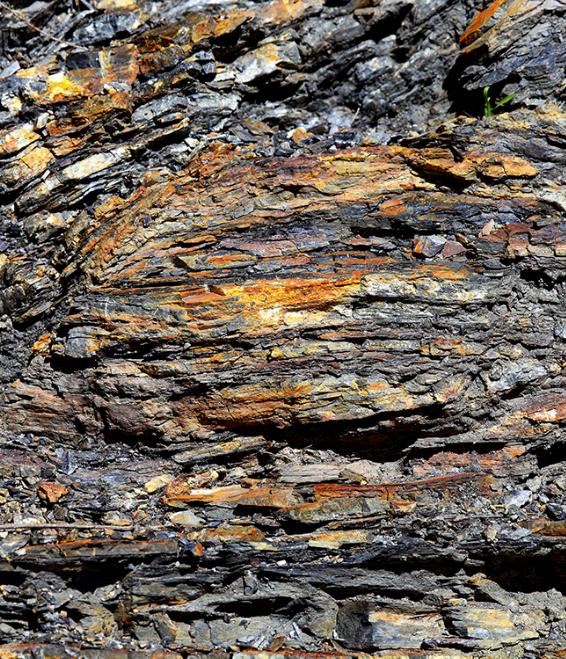Between The Wines
GREAT LAKES WINE & SPIRITS
Napa Valley’s winegrowing history goes back to the mid19th century. For a while, the region boomed. Then things like Prohibition, the ‘Great Depression’ and World War II, sortof stifled its growth Post WWII, the Valley bumped along, with a new winery here and there: notably Robert Mondavi and Heitz Cellar opened in the 60’s. Then came the ‘Class of ‘72’: we don’t know what was in the air, but more wineries opened in a 12-month period in 1972 -
than had opened in the previous 10 years And look at the names of those wineries: Silver Oak, Caymus, Chateau Montelena, Cakebread, Clos du Val, Stag’s Leap, Diamond Creek, and… Burgess Cellars (as well as Jordan Winery and Dry Creek Vineyards in Sonoma)
Tom Burgess, a retired Air Force pilot, became smitten with Napa Valley when visiting there while assigned to Travis Air Force Base and, upon retirement, returned there and purchased the old and iconic Souverain Winery.
August 2024
In this newsletter you can expect:
Hidden Treasures
What’s New Thoughts & Observations
Hidden Treasures continued..
Burgess
Howell Mountain was not held in the same esteem then as today, so hats off to Mr Burgess to have the foresight to set up shop there We should also note that though Howell Mountain is known for producing firm, linear, age-worthy Cabernet, Burgess Cabernets had grace and balance for mountain-grown Cab. This was a bit of a surprise for us since we had the pleasure of meeting Mr. Burgess back in the day, and he came across as a taciturn, military man---not one you would expect to make graceful wines Go figure As Napa blew up in the 80’s, 90’s and beyond, Burgess sortof faded to the background, even though they continued to make solid wines Happily, the Lawrence Family purchased the property in 2020 and added it to their growing constellation of world-class properties including Heitz Cellar, Stony Hill, and Margaux’s famed Chateau Lascombes
Though Burgess produces a couple of white wines, and some outstanding bubbles, this is a Cabernet Sauvignon house, and the wines have never been better. Explore the new, old Burgess Cellars…
What’s New?
Vall Lloch
Priorat DOCa is considered to one of Spain’s noble and most prized wines was all but extinct 40 years ago Due to the combination of phylloxera and emigration to the cities after WW II, the vineyards were mostly abandoned, with literally only one dirt road that led from the top vineyards to the real world Add to this very, very much like the vineyards on Mt Etna the best sites were at higher elevation, making them exceedingly difficult to farm, especially on the signature llicorella soils. But due to the efforts of a few foresightful vintners, commencing in the late-eighties, the vineyards were brought back to life.
Vall Lloch is the project founded in the early nineties by famous Spanish singer-songwriter Lluis Lloch with a friend. Originally started as a way to support/give back to this struggling community (think: Welcome to Wrexham and Ryan Reynolds); Senor Llach’s mother was from the area. The pair did everything right, and their wines went from being part of a ‘social project’ to being a wine project (with social benefits).

The key grapes here are Garnacha and Careñina, with a smattering of Cab, Merlot, Syrah---(and a tiny bit of white grapes) Like the aforementioned Mt Etna, the vines here are extremely old: 60-90 years on average The wines are big, but not huge The have high alcohol and abundant tannins, but are at the same time graceful and fresh--really unique in that regard (think of a 7’5” basketball player that is still nimble enough to dribble a ball up court like a guard). The vineyards are mostly high elevation (1500 to 2300 feet ASL) which provides that freshness. What perhaps makes Priorat wines singular however is the llicorella soils; small chunks of black slate: well-draining, nutrient poor soils that allow the vines to go deep.
These are stunning wines which will retail for $30 to $70 and have very limited availability. Get in early…
p
are under the impression that 99% of Napa’s vineyards are irrigated which we’ve been trained to think is absolutely necessary, but…
Though wine is about 85% water, using irrigation during the growing season is considered sacrilege by many Providing irrigation to the vines ‘incorrectly’ (as in near the end of the ripening period) can puff up the grapes and dilute the flavors/concentration in the resultant wines In France (and some other European countries) it has always been 100% illegal. However, in 2007 France relaxed the rules and allowed it for AOC wines, but with very strict guidelines: it must first be requested by the local AOC Board, then by the INAO It is typically only allowed for new vineyards and extreme heat episodes It is prohibited completely after August 15 in any case
p g g
irrigation or dry-farming are new phenomena growers in Armenia dug canals to channel water to their vines 2500 years ago and in the modern era in France, as stated above, everything was dry farmed. Many Oregon vintners belong to an association called the Deep Root Coalition (referred to locally as DRC), vowing to dry-farm which was founded 20 years ago
Regardless of if the growers do it as ‘virtue signaling’ or to be able to thumb their noses at drought conditions, in almost every case where one might find a wine that claims to be dry-farmed, its probably a very good wine or at the very least, a forward-thinking winery







